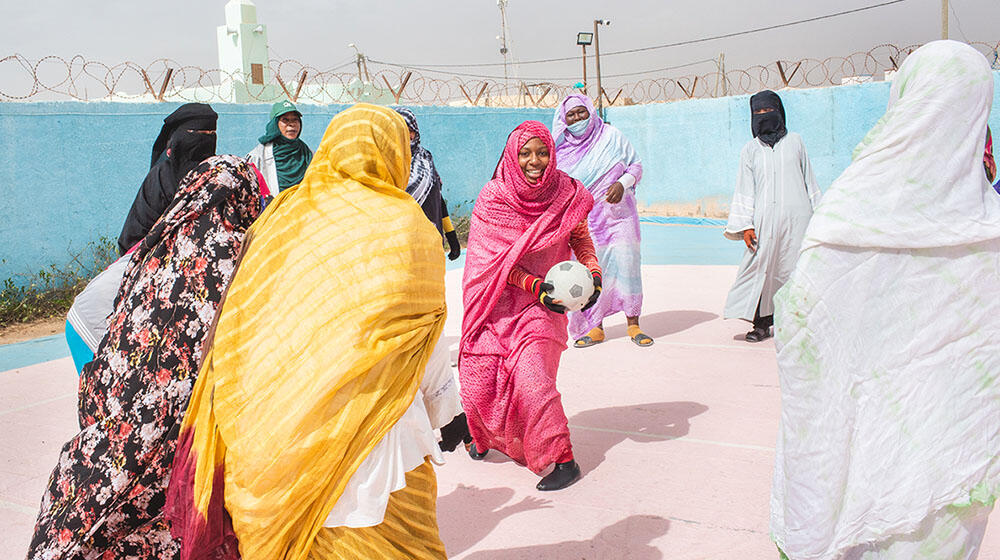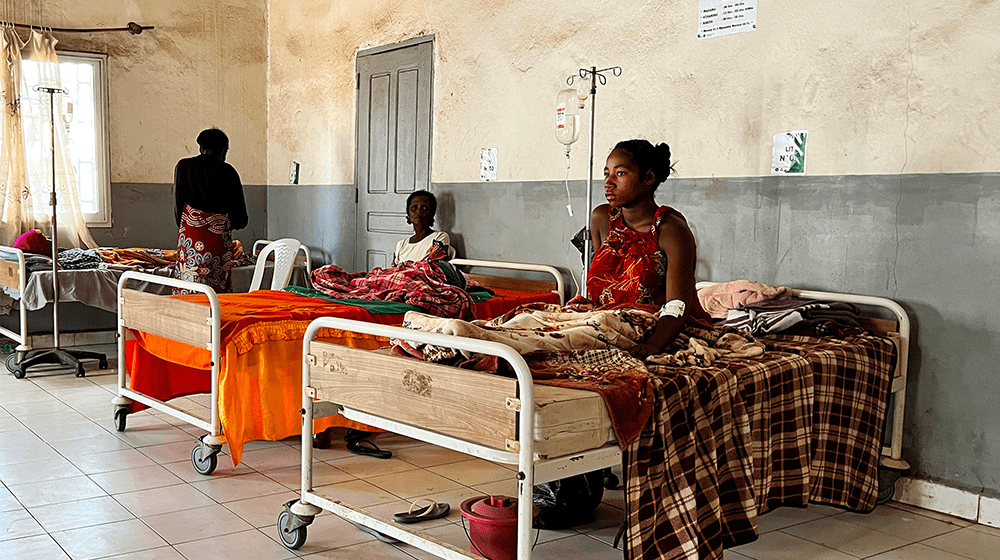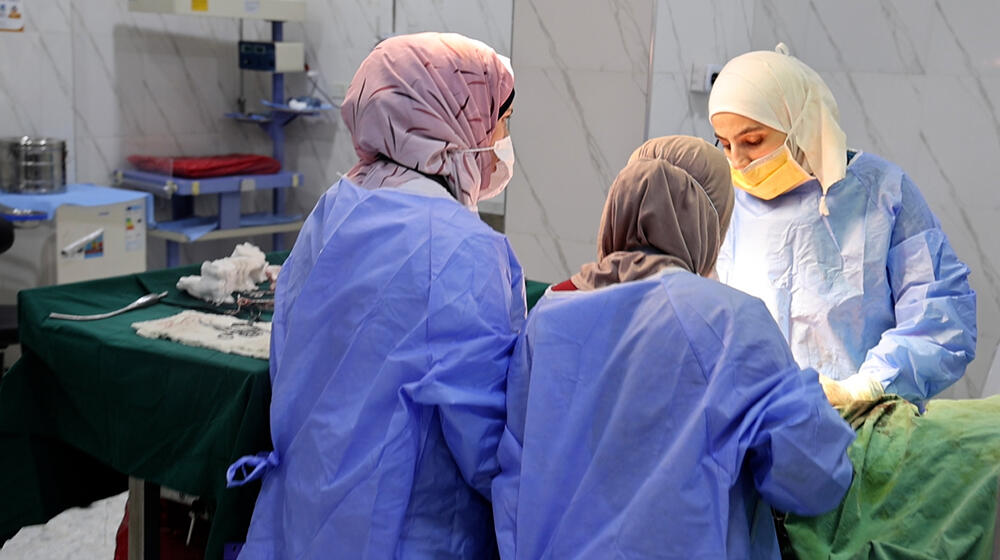-
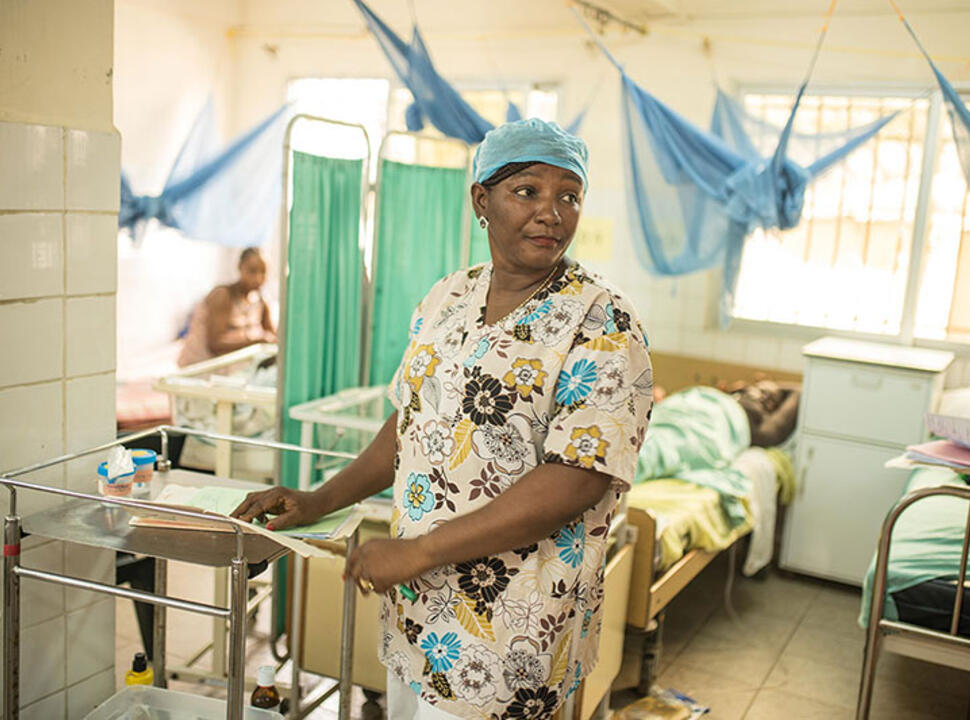
The Ebola epidemic was devastating for the already fragile health-care system in Sierra Leone. Ebola was responsible for the deaths of over 200 health workers, including 56 midwives. © Olivia Acland, United Nations
-
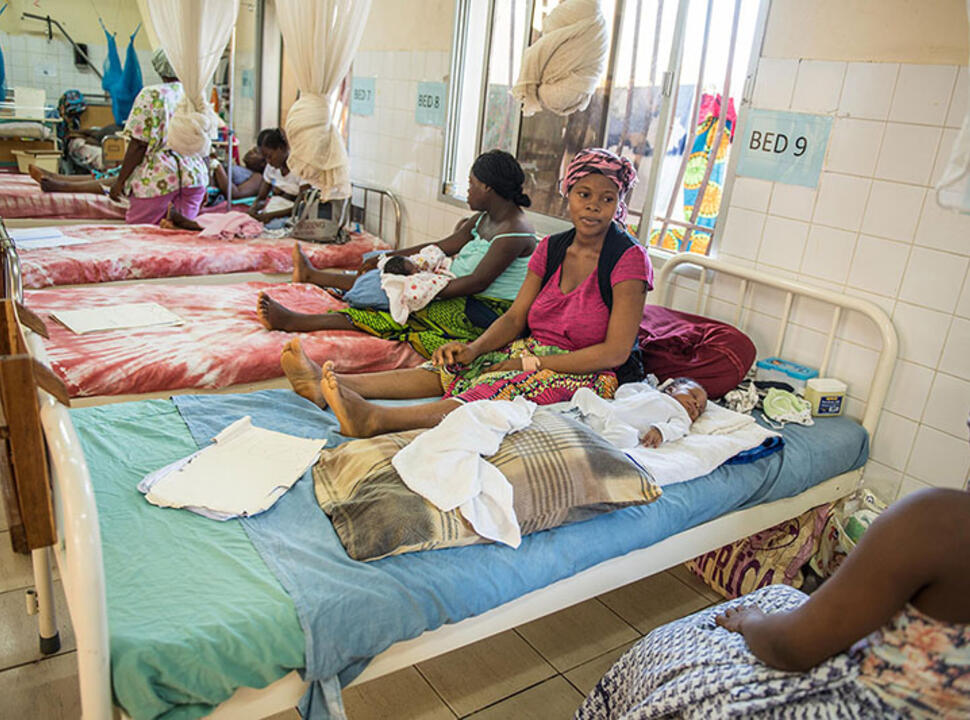
Before the outbreak, Sierra Leone had one of the highest maternal and infant death rates in the world, coupled with a shortage of skilled midwives and health workers. © Olivia Acland, United Nations
-
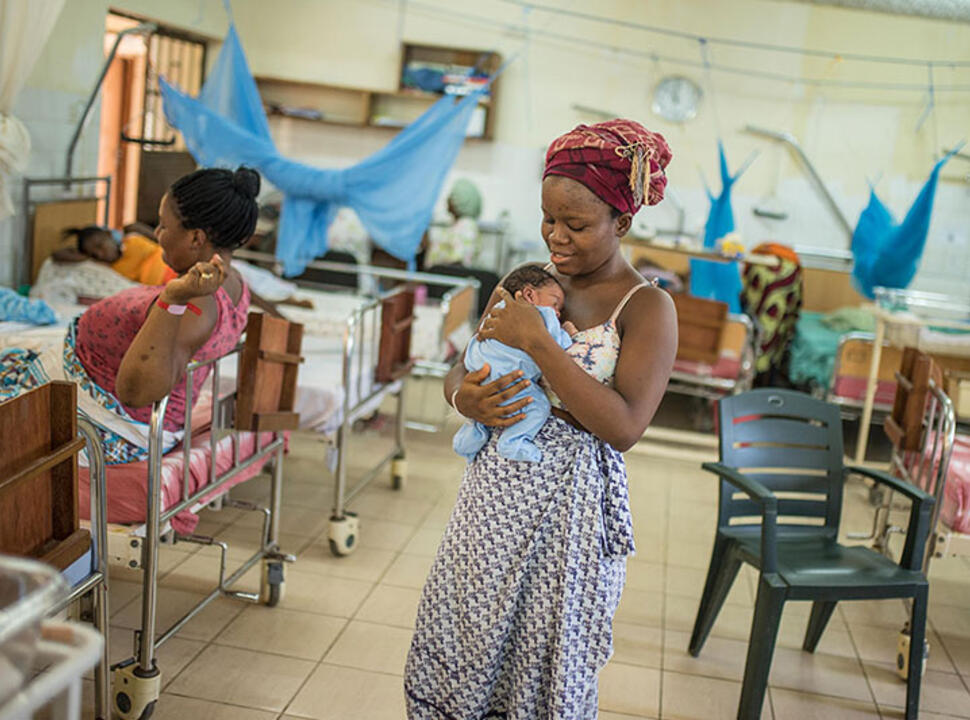
The Ebola crisis also left girls extremely vulnerable to pregnancy, not only because access to family planning was limited but also due to the breakdown of social protection systems. A new mother at Aberdeen Women's Centre. © Olivia Acland, United Nations
-
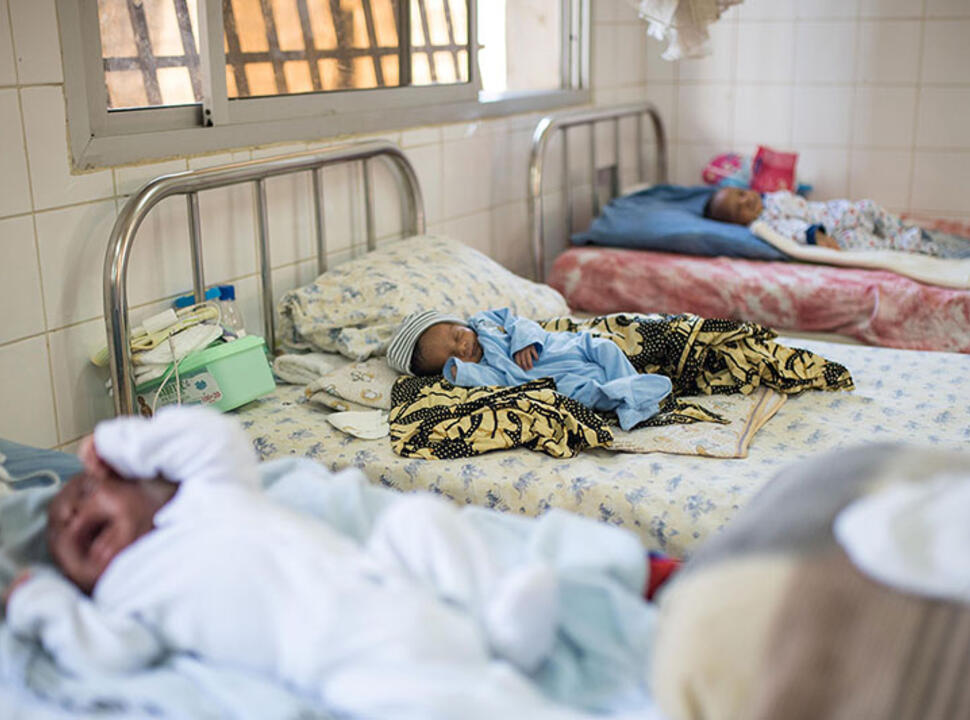
An estimated 18,000 girls became pregnant during the Ebola crisis; girls who are visibly pregnant are forced to drop out of school. Newborns at Aberdeen. © Olivia Acland, United Nations
-
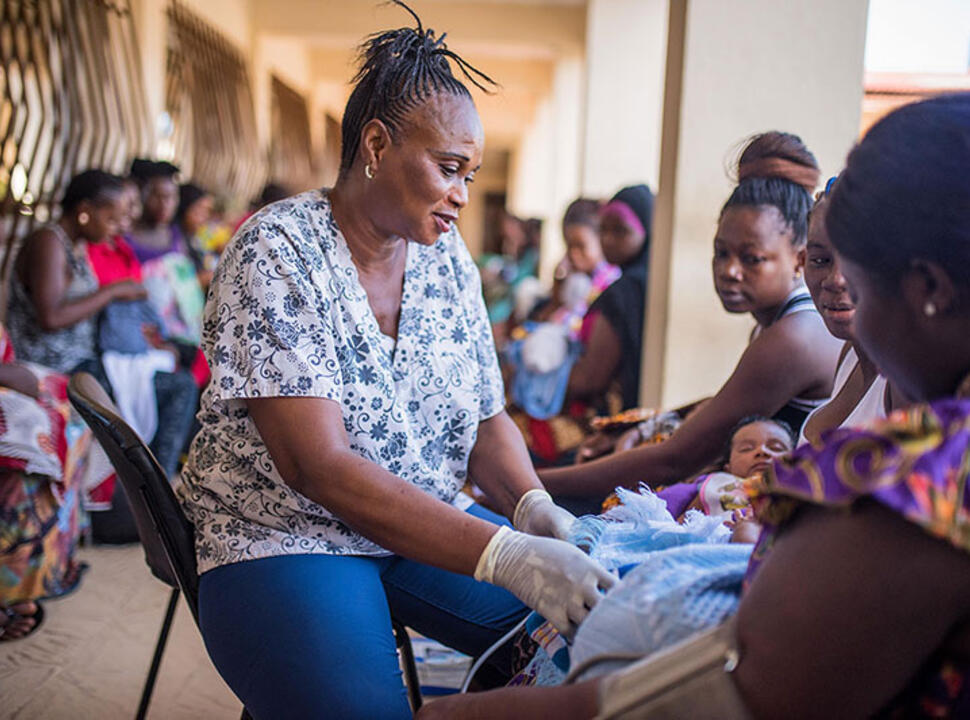
UNFPA is working to restore access to reproductive health care and put girls back in school. Midwife Musu Turay with mothers and newborns. © Olivia Acland, United Nations
-
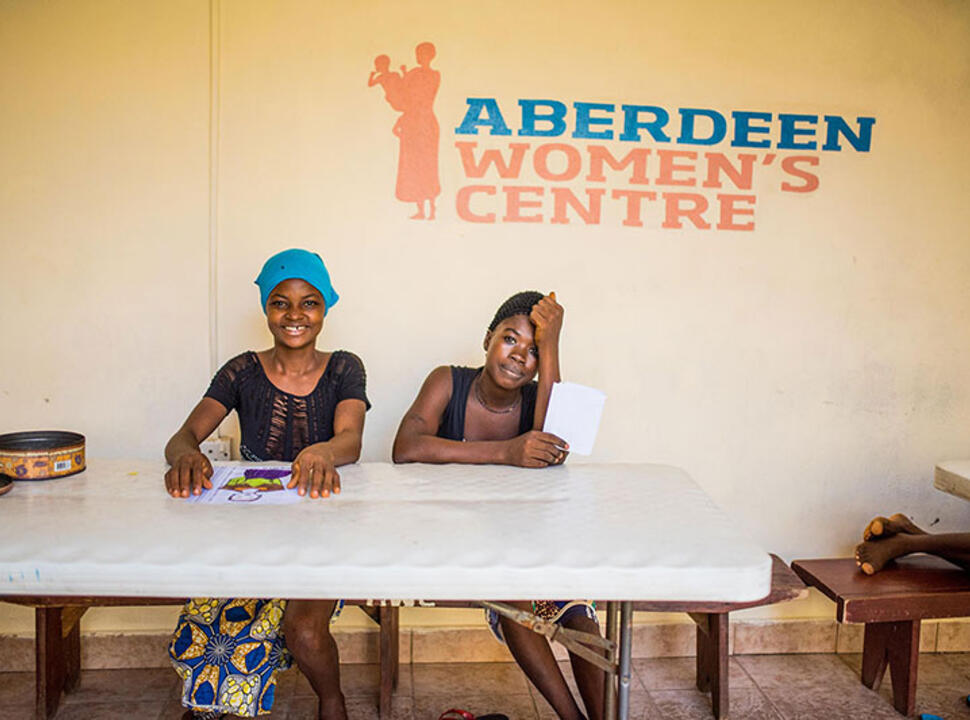
In addition to supporting women's health facilities, UNFPA is also supporting two midwifery schools, which will help close critical gaps in reproductive care. © Olivia Acland, United Nations
-
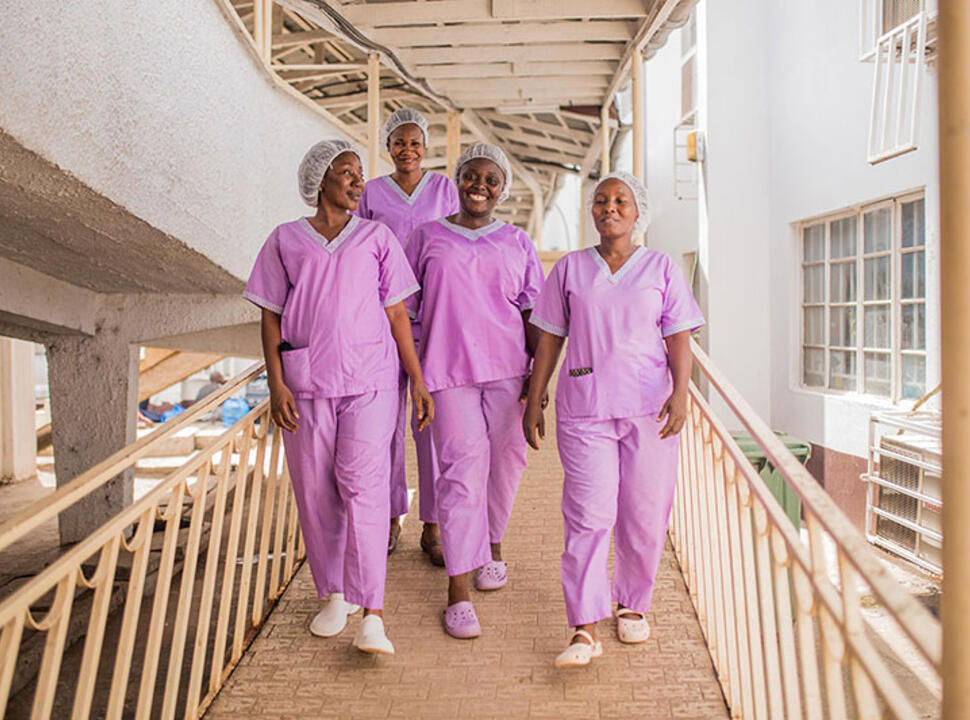
At the National Midwifery School, future midwives learn the skills necessary to provide a full range of services, from antenatal care to safe deliveries, for pregnant women. © Olivia Acland, United Nations
-
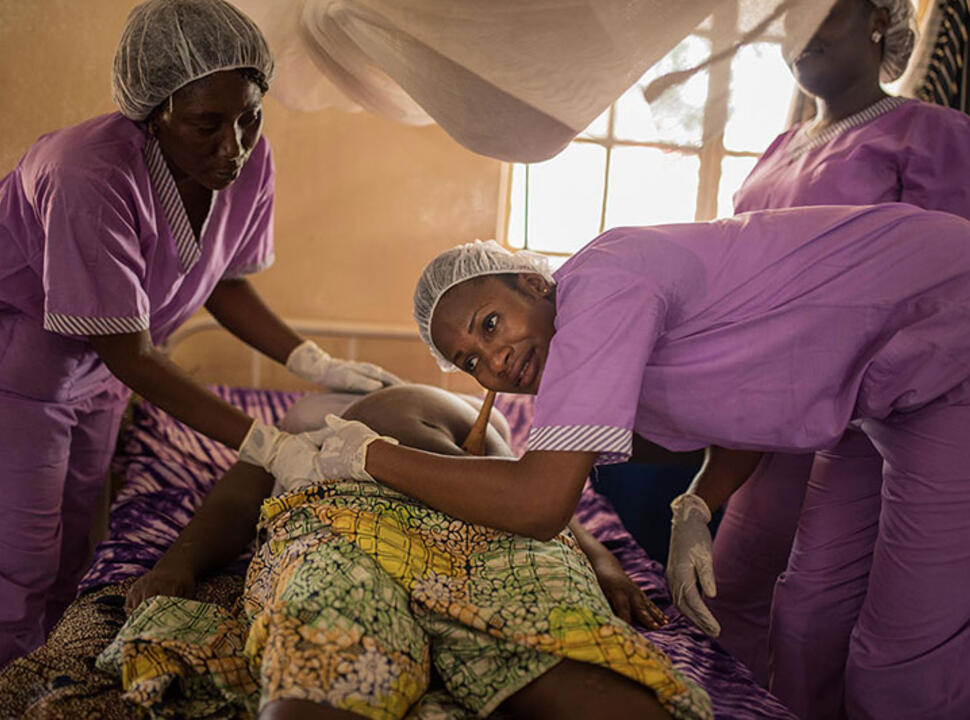
Midwifery students will also learn to provide family planning counselling, and diagnosis and treatment of sexually transmitted infections. © Olivia Acland, United Nations
-

In the year since the outbreak ended, a rigorous midwifery curriculum has been adopted for a new generation of midwives, and more than 11,000 girls have returned to school. © Olivia Acland, United Nations
- Home
- Slideshows
- One year after Ebola’s end, a look at the needs of women and girls
One year after Ebola’s end, a look at the needs of women and girls
19 June 2017
